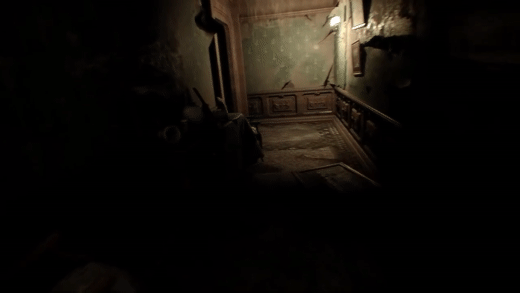
WHAT IS ENVIRONMENT ART?
Environment art i.e. creating environments plays a very big role in video games, because environments represent almost 90% of the game.
Without the environment, the game would only consist of characters on a black screen.
Depending on the video game and its theme, we encounter a variety of environments, starting with a small house, forest, frozen mountain, a complete universe with space stations, planets, and celestial bodies, or a horror environment ...
Because so many video games have huge environments, environment artists need to be good at prioritizing and know what to do first.
They collaborate with game designers and concept artists to discover what's most important to start with, and then add all the cool rocks and trees that are not as useful as a bridge between two rocks.

ENVIRONMENT CREATION PROCESS
The process begins with concept artists, who create a theme and tone for the environment that are usually real-life images and a range of colors.
The game designer then creates a very simple layout using only cubes and other simple shapes to locate objects.
The enemies in the game and their location are defined, the direction where the character should go, and the obstacles that the player has to face.

The next step is for the environment artist to create a rough sketch that combines the vision of the concept artist and the game designer, guiding the player with a clear visual hierarchy to maintain clarity.
To remind you what a visual hierarchy was, go back to our first educational article.
3D models are then refined, adding better models with better textures, improving effects and lighting, as well as other visual elements.

The player should be guided to his destination. To achieve this, shapes, light, and shadows are used, and sometimes it even attracts attention from strong light.
All this helps in telling stories through the environment. Things like culture, climate and time period help a lot by telling stories that make the place look real and alive, instead of boring and dead.


PROBLEMS AND SOLUTIONS
But be careful! Putting too much detail can distract and slow down the video game.
When making huge open-world games, overcrowded space would be impossible to play because the game engine would have to calculate everything and that would make the game slow.
To solve this problem, artists must create good low poly models, reuse textures and patterns, and even use so-called modular kits.
Modular kits are well-made mesh that can be reused. For example, such would be parts of buildings created separately and joined in different ways to look and form different types of buildings. This also saves a lot of time in the development process.
Dany Arfan's next example is a great example of using the same parts to create different buildings on stage.


Let's repeat what we have learned today.
Environment art is the world in which the game is set.
Environment artists create objects and terrain, along with concept artists and game designers through detail, lighting, and composition.
Environment artists, through the environment and the placement of the elements, tell a story about the specific video game and the time of the event.
They use modular kits to make the game faster, better, and more efficient.
Create your first 3D world through the Academy Year at M3DS Academy.